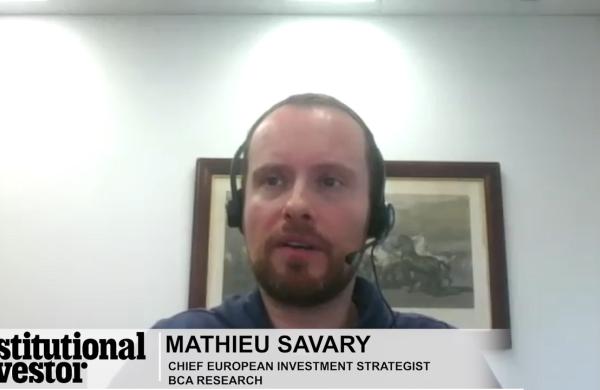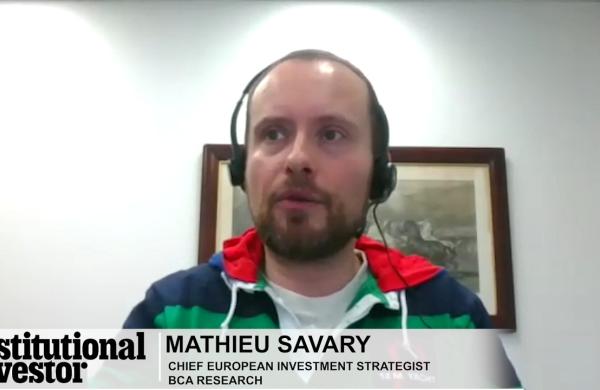In a late-February interview in a swanky meeting room boasting a sweeping view of Sydney Harbor, a confident Phil Green pondered the subprime-induced market carnage and boldly stated that he saw nothing but opportunity on the horizon. “We actually thrive in these situations,” declared Green, the straight-shooting CEO of Australian infrastructure investor Babcock & Brown. “We thrive on the ability to identify pockets of value arbitrage — but in physical assets — and this market will create that arbitrage.”
His gusto has since faded. These days Green and his executive team are navigating some rough terrain. The investment firm, which runs a suite of listed and unlisted specialist funds that manage more than A$78 billion ($74.6 billion) of assets, was struggling for survival in mid-June and has asked an investment bank to review its business model. After peaking in July 2007 at A$34.78, B&B’s shares have been battered in an extended downtrend that was further exacerbated last month when one of its most heavily leveraged offshoots, Babcock & Brown Power, indicated a potential shortfall in a debt refinancing and cut dividend payments. Short-sellers attacked, and nervous investors bailed. B&B shares plunged more than 50 percent in a week, hitting a low of A$4.70 on Friday, June 13, breaching a key condition of the group’s A$2.8 billion debt package that states its market capitalization must stay above A$2.5 billion; it fell to A$1.6 billion. B&B’s syndicate of 25 bankers had the option of triggering a review that could have led them to call in some of those debts with just 90 days’ notice. Then on June 30 the company won a much-needed reprieve when the lenders agreed to remove the market-cap clause and waive the right to call a review. In return, Babcock agreed to a 0.5 percent interest hike and said it would prepay A$400 million of its debt by selling some assets. The news sent Babcock shares up 18 percent, to A$7.50, still far below its previous-year highs.
Before the global credit crisis, which has hit highly leveraged companies particularly hard, B&B was on a growth tear. Since the firm moved its base from San Francisco and launched a successful IPO in 2004, assets under management have quadrupled, staff tripled to 1,400 by the end of 2007 and returns on equity have climbed 30 percent annually. Babcock returned a record profit of A$643 million in 2007 and forecasts a A$750 million profit in 2008.
Nevertheless, the Aussie asset management firm is facing a crisis of investor confidence. To meet its debt obligations, B&B is considering selling everything from power stations to wind farms and privatizing some of its listed funds. UBS, dealing with subprime-related troubles of its own, has been hired to search for buyers for six Australian power stations held by B&B Power, worth up to A$1.5 billion. B&B has also hired JPMorgan and Deutsche Bank to find buyers for up to $3 billion of wind farm assets. (For some B&B funds, though, it is business as usual — its European Infrastructure Fund is leading a consortium to buy Royal Bank of Scotland’s European train-leasing firm Angel Trains for $7 billion.)
The 52-year-old Green, a former tax lawyer, concedes that the structure of the company needed to be reviewed. “The world is not the same as it was three months ago. While we remain very confident of our long-term outlook, the focus of our business is not immune to changing market conditions,” he said on June 30.
Indeed, one of the investment banks will advise on the viability of the managed-infrastructure model — in which the firm manages funds that own highly leveraged cash-generating assets such as toll roads, power stations and wind farms — that has served B&B so well, until now. The structure has been criticized for massive management, performance and advisory fees, and for the opaque nature of the management agreements, most of which are locked in for 25 years. “If you are a security holder of one of the vehicles, then it is concerning at the very least,” says Martin Lawrence, a Melbourne-based analyst with RiskMetrics Group. Stock prices are falling in part owing to the credit crisis, “but I think you are also seeing a governance discount — almost an agency discount,” he adds. Kieran Chidgey, a Merrill Lynch analyst, says, “Restoring investor confidence, in our view, will take considerable time.”





